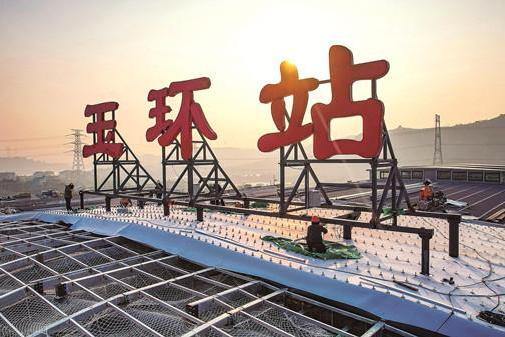
The Grand Canal in Hangzhou, Zhejiang province. (Photo by Zhang Wentao/For chinadaily.com.cn)
The 2,500-year-old Grand Canal now has water again in all of its sections that had dried out, thanks to a yearly water supplementation program that started on March 1 to rejuvenate the UNESCO World Heritage Site.
For the second time in the past century, water can be seen throughout the 1,794-kilometer canal, which connects Beijing and Hangzhou, capital of Zhejiang province, according to a media release from the Ministry of Water Resources on Tuesday. This also happened in April last year, when the program was launched.
By Monday, about 191 million cubic meters of water had been diverted into the section of the canal north of the Yellow River from six sources, the release said. Almost half the supplementation was contributed by reclaimed water and stored flood water.
The eastern route of the South-to-North Water Diversion Project, which channels water from the Yangtze River Basin to the country's drought-prone north, is the second largest contributor to the supplementation, with over 42 million cubic meters of water, the ministry noted.
According to the ministry, the project plans to add 465 million cubic meters of water into the canal this year, which is roughly enough to meet 11 percent of the annual water consumption demand in Beijing, a city of almost 22 million people.
Thanks to the implementation, 66,000 hectares of farmland in Hebei province and Tianjin will not be irrigated by water exploited from deep underground this year, the ministry said. About 208 million cubic meters of irrigation water is needed for these farmlands annually.
The Grand Canal served as a significant transportation artery in ancient China. Due to historical evolution, human activity and climate change, some sections of the canal began to dry up in the first half of the 20th century.
The ministry noted significant environmental improvement in water bodies along the northern part of the Grand Canal since water supplementation to the canal started last year.
All areas within 5 km of the canal sections that were supplemented with water last year saw their groundwater levels rise by an average of 1.33 meters, it said.
According to the ministry, the Grand Canal is just one of 40 water bodies that will be supplemented with water in North China this year. In total, almost 2.8 billion cubic m of water will be diverted into these water bodies.
Editor: Xiao Da




